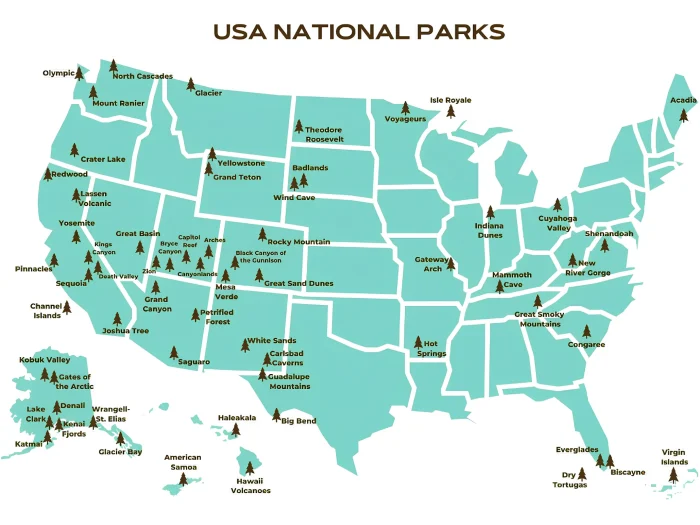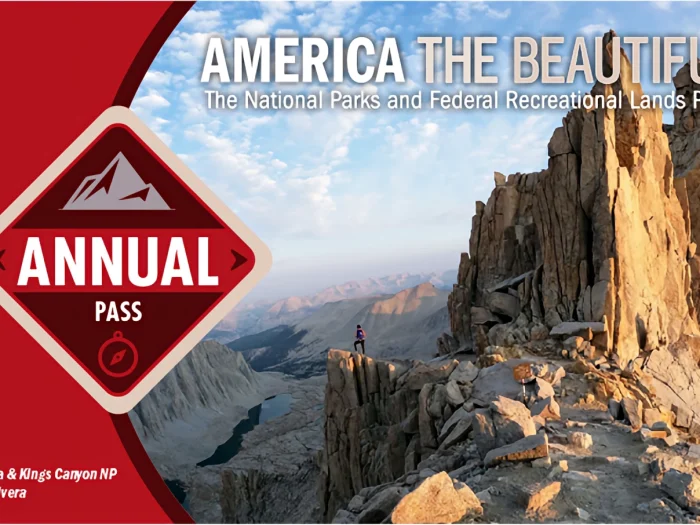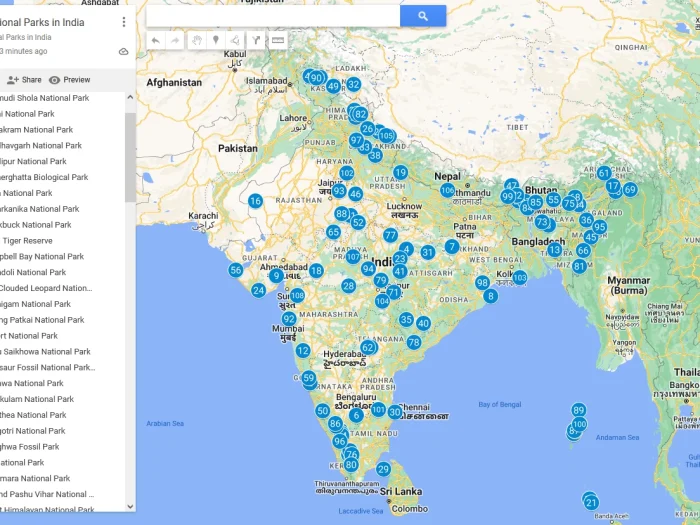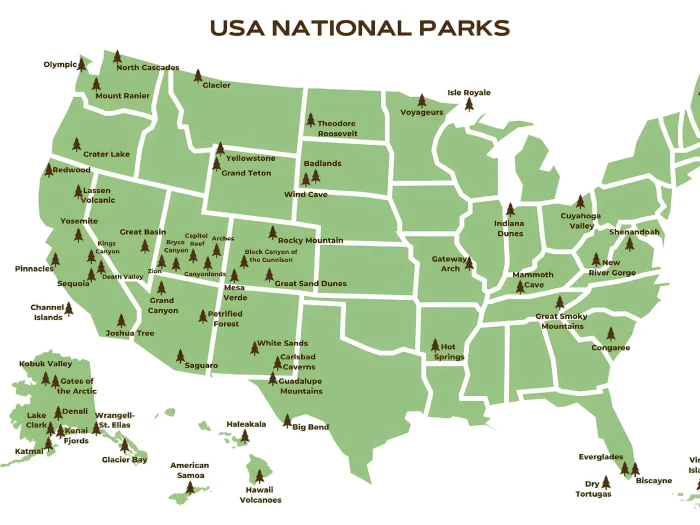Indiana Dunes National Park
Indiana Dunes National Park, located along the southern shore of Lake Michigan, offers a wide range of activities and attractions for visitors to enjoy. Here’s some information about the park, things to do, and the weather
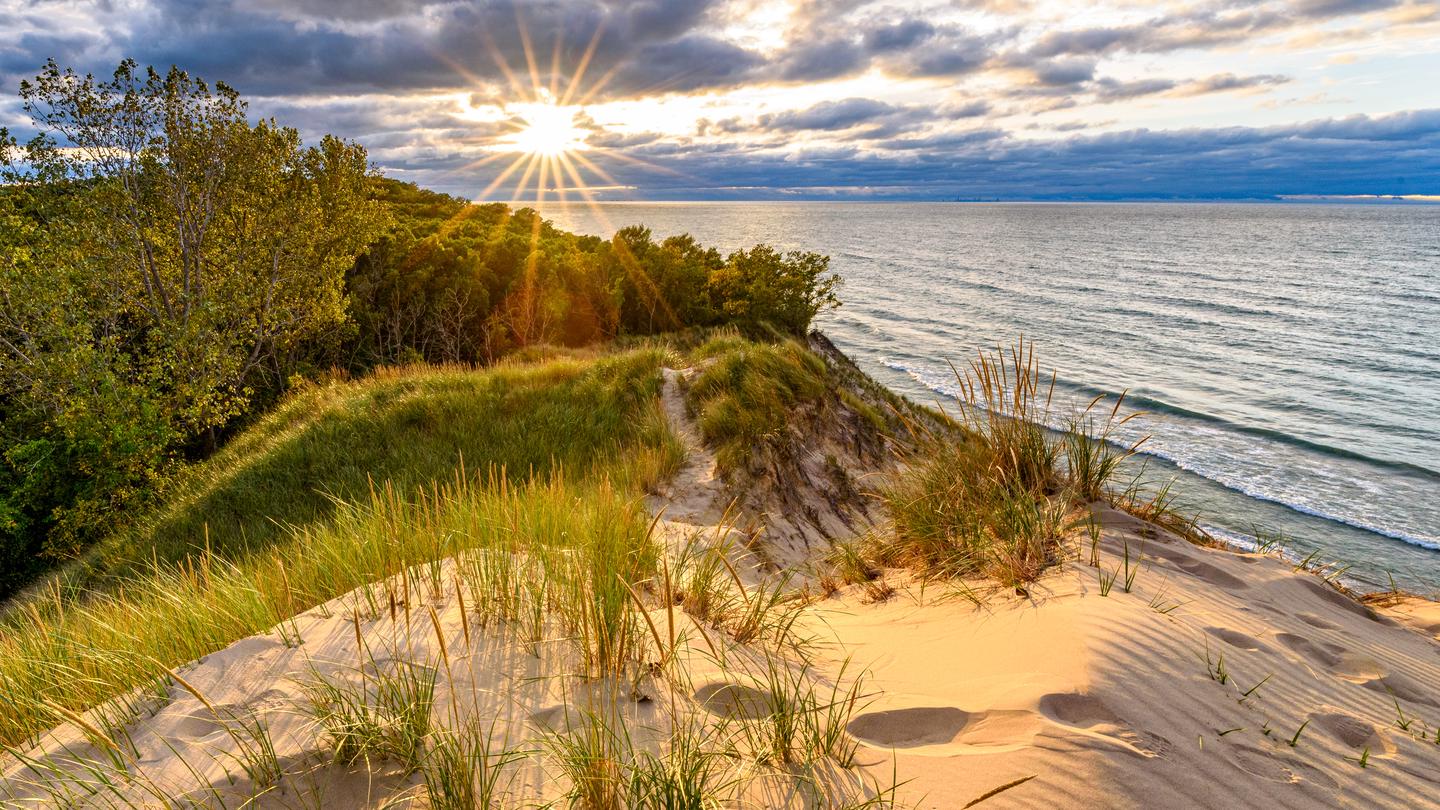
Indiana Dunes National Park Information
- Location: The park is situated in northwestern Indiana, about 50 miles southeast of Chicago, Illinois.
- Address: Porter, IN 46304, United States
- Size: It covers approximately 15,000 acres.
- Ecology: The park features diverse ecosystems, including sandy beaches, sand dunes, wetlands, forests, and prairies.
- History: Established as a national lakeshore in 1966, it was redesignated as Indiana Dunes National Park in 2019.
- Phone: +1 219-395-1882
- Offical website: https://www.nps.gov/indu/index.htm
The closest airport to Indiana Dunes National Park
The closest major airport to Indiana Dunes National Park is Chicago Midway International Airport (MDW), located approximately 35 miles northwest of the park. Chicago Midway is a significant airport serving domestic and some international flights. It offers various transportation options, including rental cars, shuttle services, and public transportation, making it a convenient gateway for visitors traveling to Indiana Dunes National Park.
Alternatively, Chicago O’Hare International Airport (ORD) is another major airport located approximately 65 miles northwest of the park. Chicago O’Hare is one of the busiest airports in the United States, offering a wide range of domestic and international flights. Similar to Chicago Midway, it provides various transportation options for travelers heading to Indiana Dunes National Park.
Both airports offer rental car services, which are convenient for travelers who prefer to have their own transportation during their visit to the park. Additionally, shuttle services and public transportation options are available from both airports to the surrounding areas, including Indiana Dunes National Park.
Indiana Dunes National Park operating hours
September 4–May 27:
- Sunday 8:00 AM–6:00 PM
- Monday 8:00 AM–6:00 PM
- Tuesday 8:00 AM–6:00 PM
- Wednesday 8:00 AM–6:00 PM
- Thursday 8:00 AM–6:00 PM
- Friday 8:00 AM–6:00 PM
- Saturday 8:00 AM–6:00 PM
Winter Hours (September 4–May 27)
The Indiana Dunes Visitor Center has reduced hours during the winter season, from the Tuesday after Labor Day weekend through the Thursday before Memorial Day weekend.
- Sunday 8:30 AM–4:30 PM
- Monday 8:30 AM–4:30 PM
- Tuesday 8:30 AM–4:30 PM
- Wednesday 8:30 AM–4:30 PM
- Thursday 8:30 AM–4:30 PM
- Friday 8:30 AM–4:30 PM
- Saturday 8:30 AM–4:30 PM
Things to do in Indiana Dunes National Park
Indiana Dunes National Park is a hiker’s paradise, offering trails that cater to a variety of skill levels and interests. With over 50 miles of trails winding through sand dunes, forests, wetlands, and prairies, you’re sure to find the perfect hike to suit your needs. Here are some of the park’s most popular hiking trails:
- West Beach 3-Loop Trail (Moderate, 3.4 miles): This is a classic hike that combines sections of three different trails at West Beach. It offers stunning views of Lake Michigan, sand dunes, a beautiful pinery of jack pines, and Long Lake. The highlight of the trail is the Dune Succession Trail, which features a challenging climb up 270 stairs to a breathtaking overlook.
- Cowles Bog Trail (Moderate to Rugged, 4.7 miles): This is one of the park’s most popular trails, and for good reason. It takes you through a diverse landscape of towering sand dunes, wetlands, forests, and prairies. Be sure to keep an eye out for a variety of birds and other wildlife along the way.
- Paul H. Douglas Trail (Miller Woods) (Moderate, 2.5 miles): This scenic trail winds through a beautiful old-growth beech-maple forest. It’s a great option for a peaceful hike away from the crowds.
- Dune Ridge Trail (Easy, 0.7 miles): This short and easy trail is a great option for families with young children or those who are short on time. It offers views of the dunes and Lake Michigan.
- Mount Baldy Trail (Easy, 0.6 miles): This short trail leads to the top of Mount Baldy, a 120-foot dune that offers panoramic views of the surrounding area.
- Little Calumet River and Mnoke Prairie Trail (Moderate, 3.7 miles): This trail follows the Little Calumet River through a scenic valley. It’s a great option for birdwatchers, as the area is home to a variety of bird species.
- Bailly Homestead/Chellberg Farm Trail (Easy, 1.5 miles): This easy loop trail takes you through the historic Bailly Homestead and Chellberg Farm sites. It’s a great way to learn about the area’s history while enjoying a leisurely hike.
These are just a few of the many hiking trails that Indiana Dunes National Park has to offer. No matter what your skill level or interests, you’re sure to find the perfect trail for you. Here are some additional tips for hiking in Indiana Dunes National Park:
- Wear sturdy shoes or hiking boots. The terrain can be uneven and sandy, so good footwear is essential.
- Bring plenty of water. There is no water available on most trails, so be sure to pack enough to stay hydrated.
- Be aware of the weather conditions. The weather in Indiana Dunes National Park can change quickly, so be sure to dress in layers and check the forecast before you go.
- Protect yourself from the sun. The park is mostly open and sunny, so be sure to wear sunscreen and a hat.
- Leave no trace. Please pack out all of your trash and leave the park as you found it.
With a little planning and preparation, you can have a safe and enjoyable hiking experience at Indiana Dunes National Park.
Beach Activities
Beach activities at Indiana Dunes National Park offer visitors a chance to relax, play, and enjoy the scenic beauty of Lake Michigan’s shoreline, West Beach, or Porter Beach. Here are some popular beach activities you can enjoy at the park:
- Swimming:
- The park boasts 15 miles of sandy shoreline along Lake Michigan, providing ample opportunities for swimming.
- Designated swimming areas with lifeguards are available at certain beaches during the summer months for added safety.
- Be aware of water conditions and any posted warnings, as currents and rip currents can be present in the lake.
- Sunbathing:
- Spread out your towel or set up a beach chair and soak up the sun on the soft sandy beaches.
- Many of the park’s beaches offer expansive stretches of shoreline, providing plenty of space to relax and unwind.
- Picnicking:
- Pack a picnic and enjoy a meal with a view of the lake. Many of the beaches have picnic areas equipped with tables and grills.
- Picnic shelters are also available at some beaches, providing a shaded spot to enjoy your meal.
- Beachcombing:
- Take a leisurely stroll along the shore and search for seashells, driftwood, and other treasures washed up by the waves.
- Keep an eye out for interesting rocks and fossils that can be found along the beach.
- Sandcastle Building:
- Bring along buckets, shovels, and other sandcastle-building tools and let your creativity run wild.
- The soft, fine sand of Indiana Dunes is perfect for building elaborate sandcastles and sculptures.
- Beach Volleyball:
- Many of the park’s beaches have volleyball courts available for public use.
- Gather some friends for a friendly game of beach volleyball and enjoy some exercise and friendly competition.
- Fishing:
- Cast a line from the shore and try your luck at catching fish in Lake Michigan.
- Common catches include salmon, trout, bass, and perch, depending on the season and location.
- Sunset Watching:
- Wind down your day at the beach by watching the spectacular sunset over Lake Michigan.
- The park’s west-facing beaches offer prime viewing spots for enjoying the colorful hues of the setting sun.
Prohibited Activities on the Beach
- The removal of natural items such as rocks, shells, and fossils.
- Wood and charcoal fires on the beach. Lake View Beach and West Beach do have dedicated grills in the picnic areas.
- Glass containers on all beaches.
- Pet rules differ for each beach area. Please visit the Pet Information Page.
- Operating, Launching, or landing any unmanned aircraft (e.g. drones, model airplanes, quadcopters) on lands and waters administered by the National Park Service within the boundaries of Indiana Dunes National Park except as approved in writing by the superintendent.
Bird watching
Bird watching at Indiana Dunes National Park is a rewarding experience due to its diverse habitats and strategic location along the Lake Michigan flyway. Here’s what you need to know about bird watching in the park:
- Habitats:
- The park encompasses a variety of habitats, including sandy beaches, dunes, wetlands, forests, and prairies, which support a rich diversity of bird species.
- Each habitat attracts different bird species, so exploring a variety of areas within the park can increase your chances of spotting a wide range of birds.
- Bird Species:
- Indiana Dunes National Park is home to over 350 species of birds, making it a prime destination for birdwatchers.
- Commonly spotted birds include waterfowl, shorebirds, raptors, songbirds, and migratory species that pass through the area during spring and fall migrations.
- Keep an eye out for special sightings such as bald eagles, sandhill cranes, warblers, and other rare or elusive species.
- Best Times for Bird Watching:
- Spring and fall are the best times for bird watching at Indiana Dunes National Park, as these seasons coincide with the peak migration periods.
- During spring migration (March to May), many species of birds travel through the area on their journey northward to their breeding grounds.
- Fall migration (September to November) brings another wave of bird activity as species head south for the winter.
- Hotspots for Birding:
- West Beach: This area is known for its diverse birdlife, including waterfowl, shorebirds, and migrating songbirds. The marshes and wetlands are particularly productive for bird watching.
- Cowles Bog: Explore the trails through this unique habitat to spot a variety of bird species, including warblers, thrushes, and woodpeckers.
- Miller Woods: This wooded area is home to numerous bird species, including migratory songbirds, woodpeckers, and raptors.
- Tips for Bird Watching:
- Bring binoculars and a field guide to help you identify birds.
- Be patient and observant, as many birds may be camouflaged or hidden within the vegetation.
- Practice quiet and stealthy movement to avoid disturbing the birds.
- Respect wildlife and their habitats by staying on designated trails and observing from a distance.
- Consider joining a guided birding tour or participating in birding events and festivals hosted by the park.
Camping
Camping at Indiana Dunes National Park provides visitors with an opportunity to immerse themselves in the park’s natural beauty and enjoy a variety of outdoor activities. Here’s what you need to know about camping at the park:
- Campground Options:
- Indiana Dunes National Park offers both front-country and backcountry camping options.
- The main campground in the park is the Dunewood Campground, which is located near the park’s visitor center and offers sites for tents, RVs, and trailers.
- Backcountry camping is available in designated areas within the park’s wilderness area, providing a more primitive camping experience for those seeking solitude and adventure.
- Dunewood Campground:
- Dunewood Campground features 66 campsites with amenities such as picnic tables, fire rings, and access to restrooms and drinking water.
- The campground is open from April to October, with reservations available through the National Park Service’s reservation system or on a first-come, first-served basis.
- Amenities at Dunewood Campground include flush toilets, showers, a dump station, and a camp store for purchasing firewood, supplies, and snacks.
- Backcountry Camping:
- For those seeking a more rugged camping experience, backcountry camping is available in designated areas within the park’s wilderness area.
- Permits are required for backcountry camping and can be obtained from the park’s visitor center.
- Backcountry campsites are hike-in or paddle-in only and offer a primitive camping experience with no amenities provided.
- Recreational Activities:
- Camping at Indiana Dunes National Park provides easy access to a variety of outdoor activities, including hiking, birdwatching, swimming, fishing, and wildlife viewing.
- The park’s diverse landscapes, including sandy beaches, towering sand dunes, wetlands, and forests, offer endless opportunities for exploration and adventure.
Indiana Dunes National Park weather
Indiana Dunes National Park’s weather is greatly affected by Lake Michigan and can change quickly. Summers are warm and humid with high temperatures generally in the mid-80ºF’s (30ºC) and low temperatures in the mid-60ºF’s (18ºC). There are about 15 days per year above 90ºF (32ºC). Warm periods are occasionally interrupted by frontal action descending from Canada. This generally brings days of pleasant, dry weather. Sunshine is abundant in summer.
Highs in winter are usually in the low to mid 30sºF (0ºC) with low temperatures in the low 20sºF (-5ºC). There are about 15 days per year below 0ºF (-18ºC). Winters tend to be cloudy except for periods of extreme cold when skies are clear.
Before visiting the park, it’s a good idea to check the weather forecast and plan your activities accordingly. Additionally, be sure to follow any park regulations and safety guidelines to ensure a safe and enjoyable experience.
Tag: Indiana Dunes National Park

